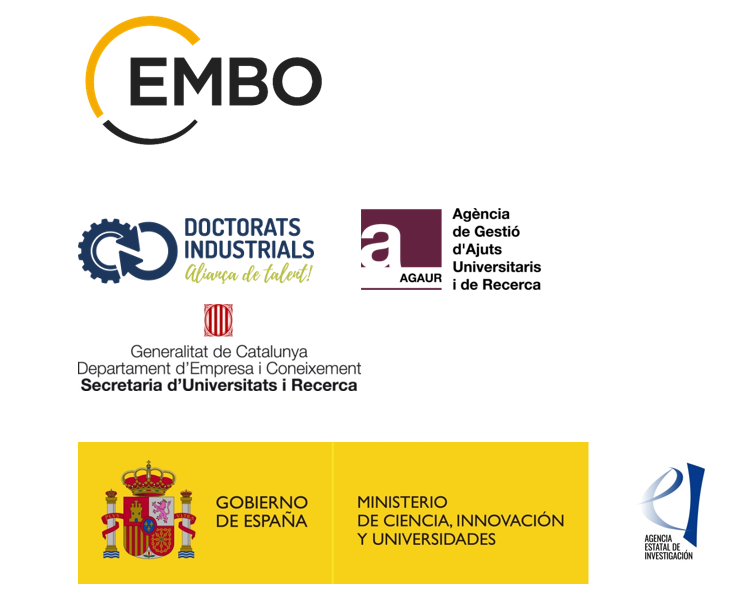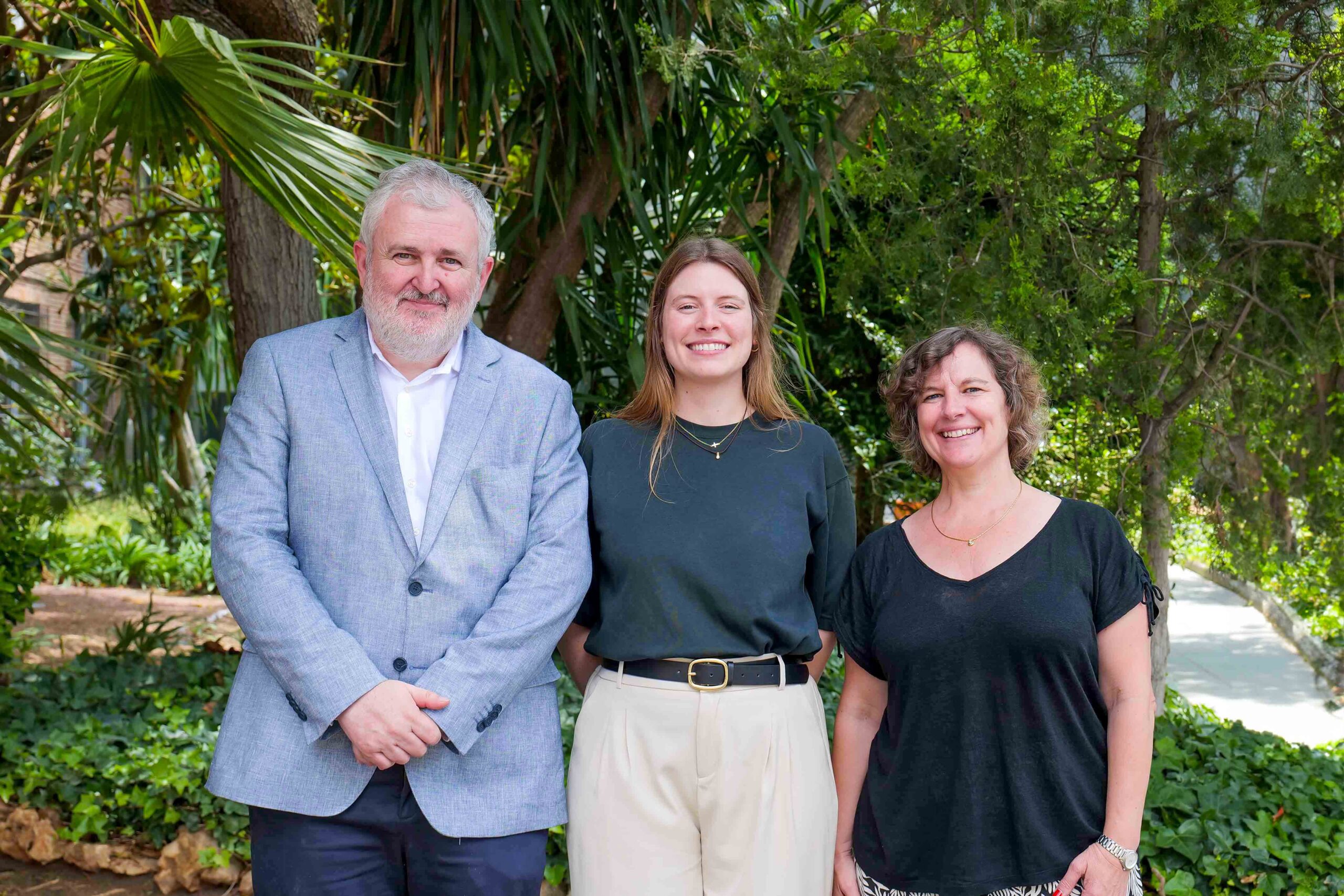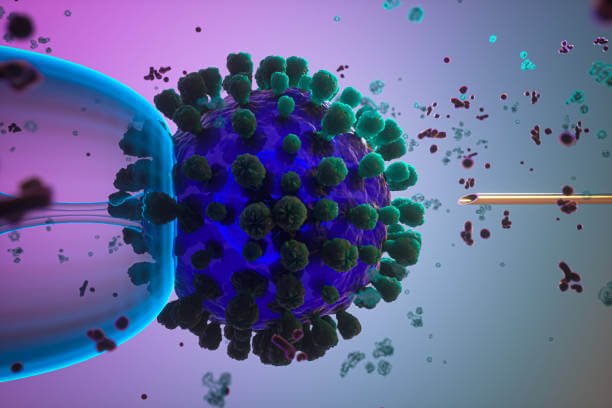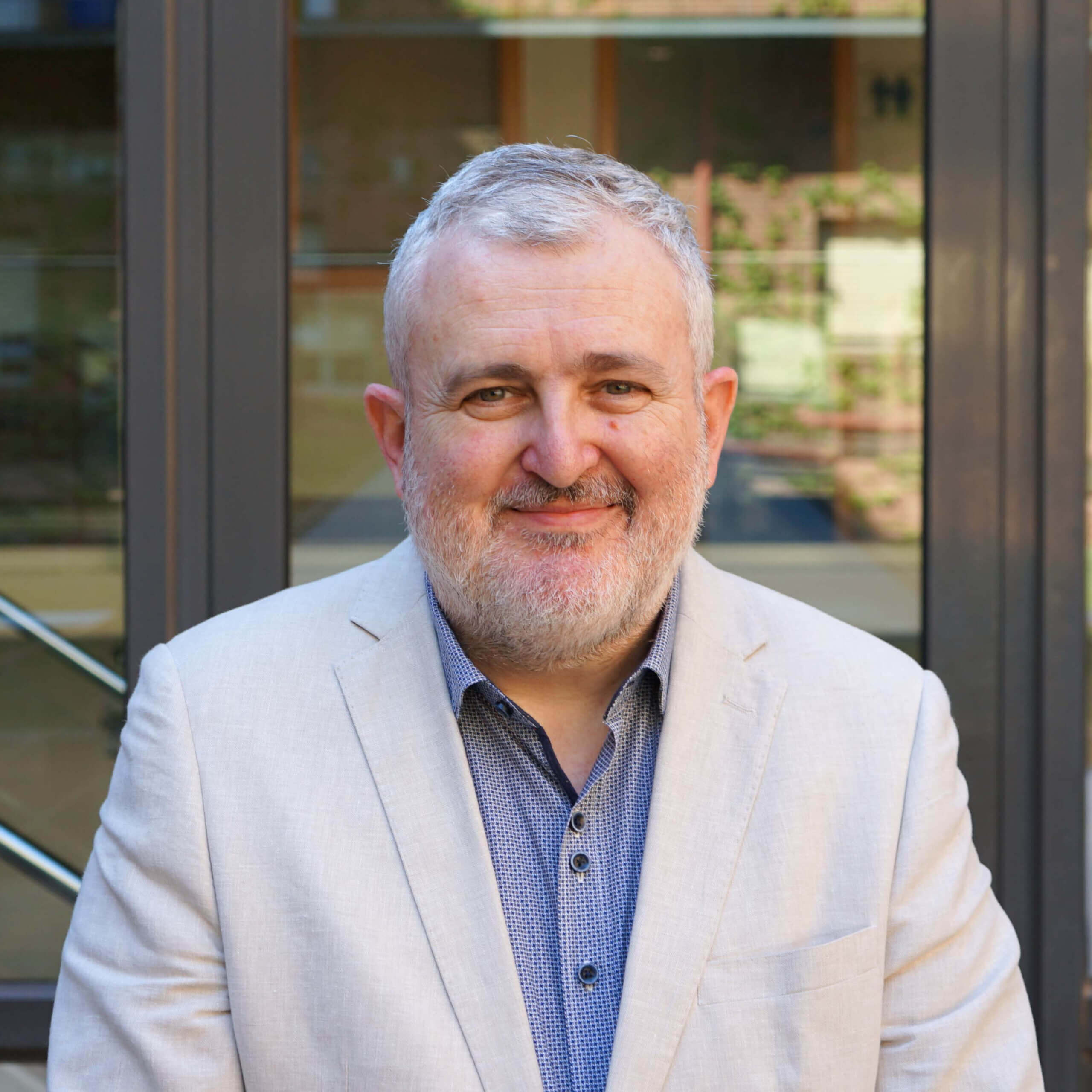Medulloblastoma (MB) is a tumour that forms in the cerebellum and commonly occurs in young children. It presents a significant challenge in paediatric oncology, especially due to the low survival rates associated with the most aggressive subtype, Medulloblastoma Group 3 (MB G3). The current treatment of MB G3, based on surgery, radiation, and chemotherapy, has many limitations, such as the appearance of resistance to chemotherapy and serious side effects. This makes the need for improved and effective therapies evident.
Entitled Discovery and Validation of New Therapeutic Targets for Medulloblastoma Group3 Treatment, Dr Inés Fallon Estaún recently completed her doctoral thesis within the IQS Department of Bioengineering. Her thesis was carried out within the Government of Catalonia’s Industrial Doctorates Plan, co-financed between the company Oncoheroes Biosciences SL, the IQS School of Engineering (Ramón Llull University), and within the State Research Agency’s call for Industrial Doctorates. The co-supervisors of the thesis were Dr Salvador Borrós Gómez, with the Materials Engineering Group (GEMAT) at IQS, and Dr Eva Méndez Camarena, Head of Drug Discovery at Oncoheroes Biosciences SL and currently Vice President of Operations at Theriva Biologics SL.
With the ultimate goal of developing a specific treatment for MB G3 with fewer adverse effects on patients, Dr Fallon presented the first steps of a drug discovery process for MB G3 in her thesis, based on two strategies: on the one hand, Drug Repositioning, and, on the other hand, a traditional Drug Discovery programme.
Drug Repositioning
First, in vitro models were developed to evaluate the efficacy and toxicity of the researched compounds, including 2D and 3D cell cultures, meeting the highest quality standards and designed to be used in high-throughput screening campaigns.
The first strategy to discover a new treatment for MB G3 was based on drug repositioning, which was carried out using a library of 1,280 compounds that were tested in models designed beforehand. Eight inhibitors for six different targets related to MB were prioritized based on their activity and their preliminary therapeutic index. Possible synergistic combinations were also evaluated, and three of these combinations were found.
Drug discovery
The second strategy, based on a traditional Drug Discovery programme, consisted of an elaborate and complete bioinformatic analysis, using public databases, to identify lethal target genes in the presence of a specific genetic deficiency (driver gene) for MB G3. These databases enabled whole-genome research. Using chemical compounds for validation assays, Dr Fallon’s research confirmed the cells’ dependence on MB for these genes, leading to the identification of synergistic pairs of promising targets. In collaboration with in silico modelling experts, a rational design of a dual inhibitor was finally carried out, followed by a virtual screening against a library of chemical compounds to identify possible hits that were subsequently confirmed in the battery of in vitro assays designed beforehand.
In short, Dr Fallon’s thesis has contributed to ongoing efforts in the study and development of targeted therapies for MB G3, addressing the urgent need for more effective and less toxic treatments for paediatric brain tumours. Her research has identified new compounds and specific targets with promising results for the treatment of MB G3. Future research includes the optimization of hits identified through a hit-to-lead process, or the use of RNA molecules for precision medicine, with preliminary experimental results already reported.
In the words of Dr Eva Méndez Camarena, “the development of this screening platform and the identification of new molecular targets and chemical compounds in this thesis represent an important step forward in the development of new, safer, and more effective treatments against paediatric G3 medulloblastoma.”
Related publication
Inés Fallon et al, Development of a high-throughput screening platform to identify new therapeutic agents for Medulloblastoma Group 3, SLAS Discovery, 29, issue 2, 100147 (2024).
This thesis has received funding under the Industrial Doctorates Plan with the Government of Catalonia’s Agency for the Management of University and Research Grants – AGAUR (DI 2020 26 project), the Ministry of Science, Innovation, and Universities under the call for Industrial Doctorates from the State Research Agency (DIN2019-010499/ AEI/10.13039/501100011033), and the European Molecular Biology Organization (EMBO) for an international scientific exchange: EMBO Scientific Exchange Grant (SEG 10096).














